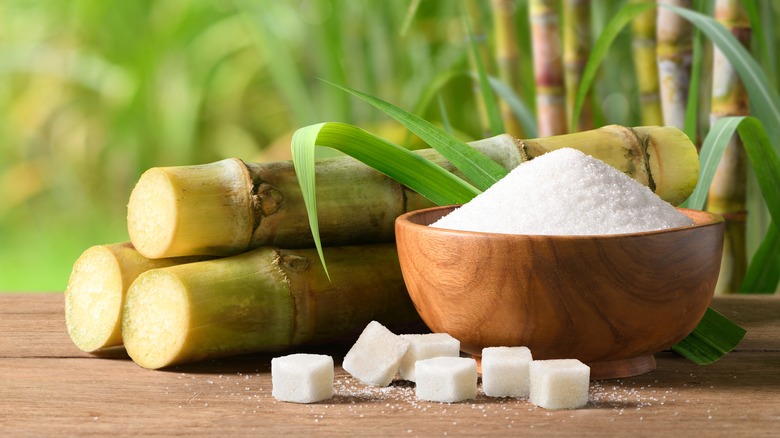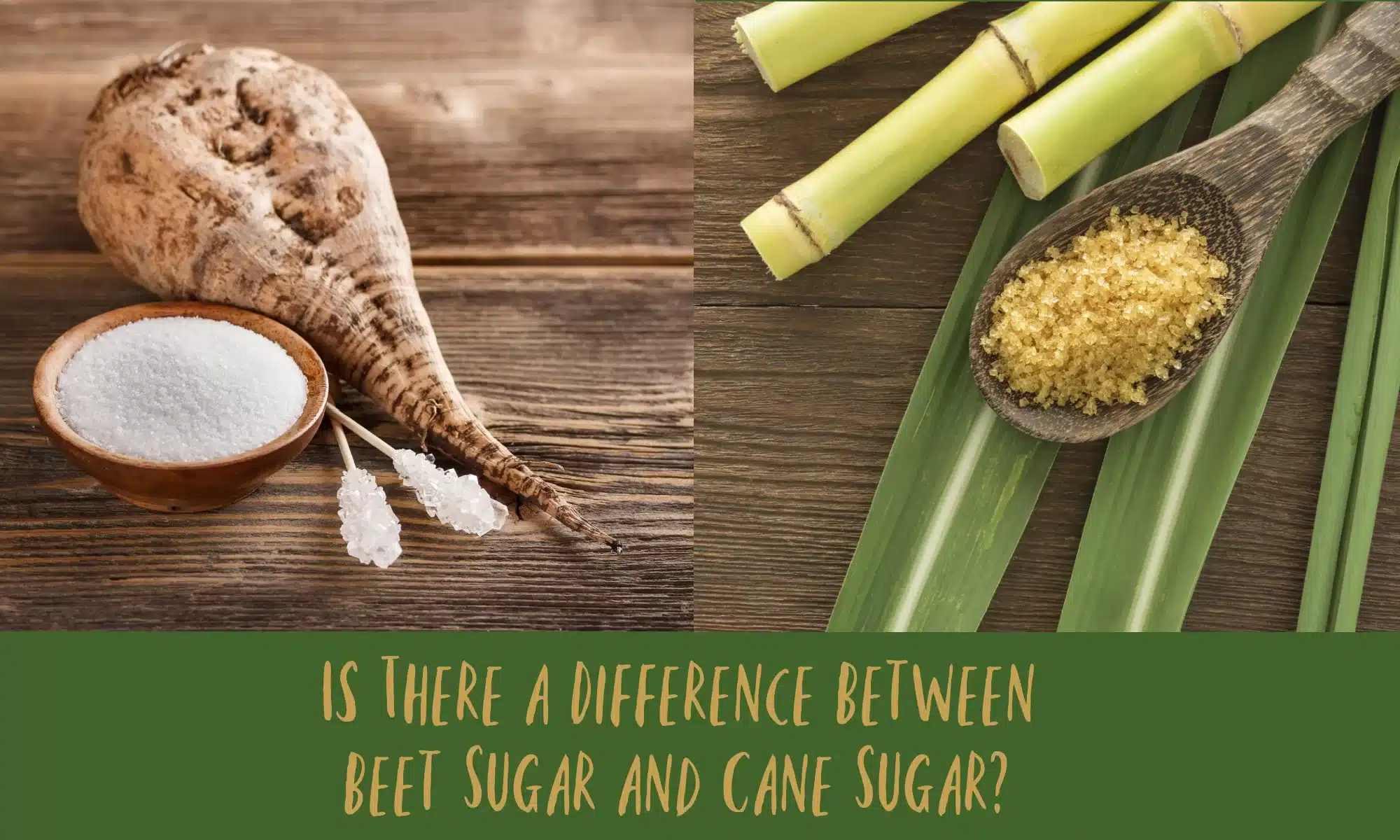In discussions of beet sugar vs cane sugar, the origin of the sugar plays a crucial role in its composition.
In discussions of beet sugar vs cane sugar, the origin of the sugar plays a crucial role in its composition.
Blog Article
Discover the Uses and Conveniences of Beet Sugar Vs Cane Sugar in Your Daily Diet
Checking out the unique high qualities of beet and cane sugar discloses even more than just their sweetening abilities; it highlights their one-of-a-kind impacts on wellness and culinary arts. Beet sugar, recognized for its subtle flavor, is usually preferred in delicate treats, whereas cane sugar, with its hint of molasses, adds richness to durable dishes. Each kind holds its very own dietary account and glycemic implications, inviting a deeper understanding of their duties in a balanced diet plan and lasting consumption methods.
Origin and Manufacturing Procedures of Beet and Cane Sugar

The unique environments and soil kinds needed for growing sugar beetroots and sugarcane add to differences in their cultivation practices and geographical circulation, affecting the economics and sustainability of their production. beet sugar vs cane sugar.
Nutritional Contrast In Between Beet Sugar and Cane Sugar
In spite of stemming from different plants, beet sugar and cane sugar are nutritionally very similar, both primarily containing sucrose. Each gives about 4 calories per gram, translating to about 16 calories per teaspoon. Structurally, both sugars are made up of roughly 99.95% sucrose, with marginal amounts of various other compounds like moisture and trace minerals, which do not dramatically modify their dietary profiles.

Ultimately, when choosing in between beet sugar and cane sugar based on dietary content alone, both deal identical benefits and drawbacks as they are basically types of the same particle-- sucrose, giving fast energy without other nutrients.
Influence on Wellness: Glycemic Index and Caloric Material
Exploring even more right into the impacts of beet sugar and cane sugar on health, it is essential to consider their glycemic index and calorie content. Both sugars are identified as sucrose, which consists of glucose and fructose. This structure leads them to have a similar influence on blood sugar level levels. The glycemic index (GI) of both beet and cane sugar is around 65, classifying them as high-GI foods, which can cause fast spikes in blood sugar degrees. This is an important facet for people managing diabetes or those attempting to support their power levels throughout the day.
Each kind of sugar contains about 4 calories per gram, making their caloric content matching. For those keeping track sites of calorie intake, especially when handling weight or metabolic wellness problems, understanding this equivalence is important (beet sugar vs cane sugar). Excessive consumption of any kind of high-calorie, high-GI food can add to wellness concerns such as obesity, heart condition, and insulin resistance.
Environmental and Economic Considerations of Sugar Manufacturing
Beyond health and wellness influences, the manufacturing of beet and cane sugar also raises substantial environmental and financial problems. Sugar beet growing has a tendency to require cooler climates and has a reduced geographical footprint contrasted to sugar cane, which flourishes in tropical regions.
In addition, making use of pesticides and fertilizers in both beet and cane sugar cultivation can cause soil destruction and contamination, more influencing biodiversity and neighborhood water bodies (beet sugar vs cane sugar). The selection in between growing sugar beet or cane frequently depends upon neighborhood ecological problems and financial elements, making the sustainability of sugar production a complicated concern
Culinary Applications and Taste Distinctions
While the environmental and financial facets of sugar manufacturing are without a doubt considerable, the see this here selection in between beet and cane sugar additionally affects culinary applications and flavor accounts. Beet sugar, acquired from the sugar beet plant, is known for its extremely neutral taste. This makes it a functional ingredient in baking, where it does not modify the taste of various other elements. It liquifies quickly and is optimal for usage in cakes, cookies, and breads.
Walking stick sugar, my sources drawn out from sugarcane, commonly retains molasses traces, which impart an unique splendor and depth. The small variant in moisture material in between beet and cane sugar can affect the texture and consistency of dishes, making cane sugar a recommended selection for certain recipes that benefit from its special residential properties.

Verdict
To conclude, both beet and cane sugar have distinctive origins and manufacturing processes, offering similar dietary profiles with slight differences in sodium content and flavor. While their effect on health and wellness, especially relating to glycemic index and calories, is comparable, the option between them often comes down to environmental, financial factors, and particular cooking requirements. Comprehending these elements can assist customers in making informed decisions that align with their wellness objectives and flavor preferences.
Report this page